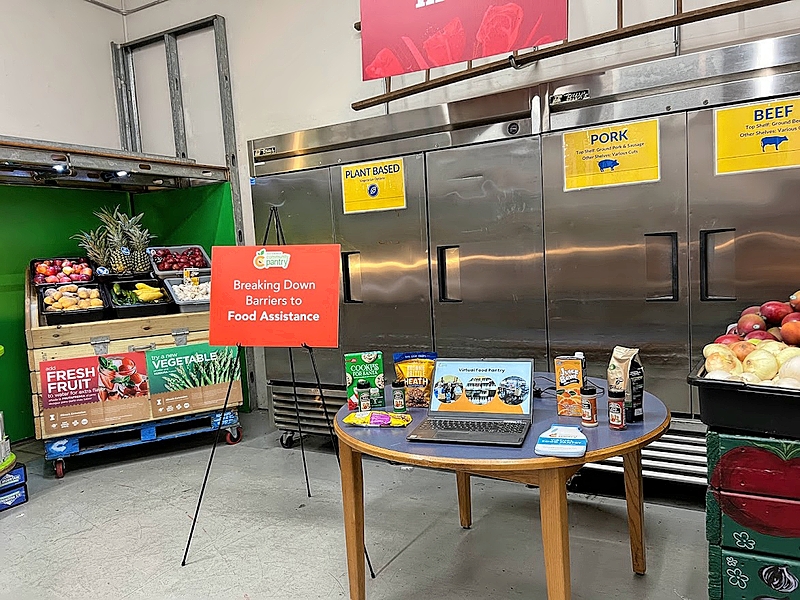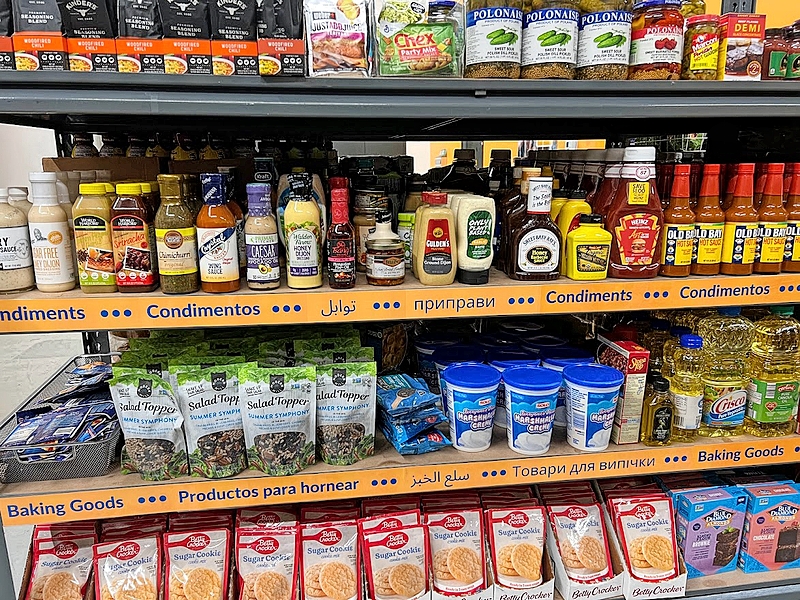Fighting Food Insecurity
By Julie Duffin
Appears in the December 2022 issue.
How to help the West Suburban Community Pantry

If you’ve been to a grocery store lately, you know your budget doesn’t go as far as it used to. According to the consumer price index, food prices rose 11.2 percent from September 2021 to September 2022. These economic conditions have forced many people to visit food pantries for the first time. In fact, the West Suburban Community Pantry (WSCP) has seen its demand triple over the last several months.
“Last year at this time we served 250 households a week; now we’re up to 726,” says CEO Sue Armato. “At the same time, our cost to purchase food from the Northern Illinois Food Bank has gone up six times. While we are determined to meet the challenge, we need the community’s help.”
Armato suggests three easy ways people can help this holiday season:
Host a Food Drive
The WSCP makes it easy to hold one in your neighborhood, apartment complex, business, or school. Visit wscpantry.org to access the organization’s Food Drive Toolkit containing printable posters, fliers, and social posts to advertise your event. You’ll also find a list of specific foods the pantry needs.

Volunteer at the Pantry
“We really pride ourselves on being open a wide range of hours. For example, on Thursdays we are open from 8:30 a.m. to 7:30 p.m.—11 straight hours,” Armato says. “The volunteer crew that’s needed to cover all those shifts and all the things that need to be done in the pantry is pretty extensive. We encourage people to grab their kids or a group of friends or coworkers and sign up for a shift.”
Donate Money
Cash contributions to the pantry go much further than food donations. “The fact is we can purchase food items for a much lower price than someone can at a local grocery store,” Armato explains. For example, thanks to Northern Illinois Food Bank and other sources, it only costs the pantry $15 to $20 to give every person who comes in 100 to 120 pounds of food. “For every dollar people give, we can purchase two meals,” she says. “I know it’s not as fun as going shopping, but we can really leverage monetary donations and provide many more meals.”
Hosting a holiday party? Armato suggests asking guests to bring their checkbooks instead of food or drinks. Then encourage them to donate whatever they think the meal was worth to the pantry.
Photos courtesy of the West Suburban Community Pantry


